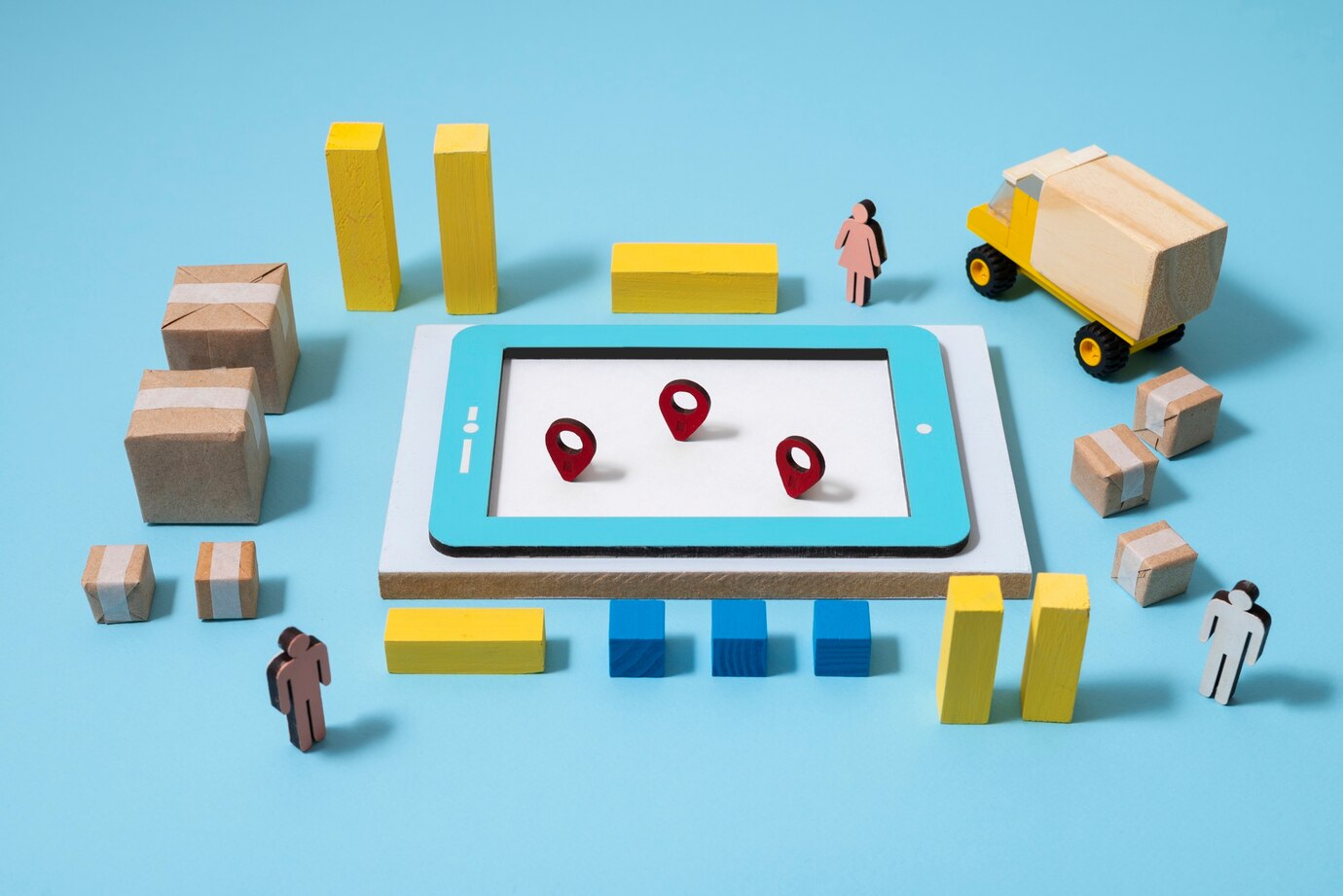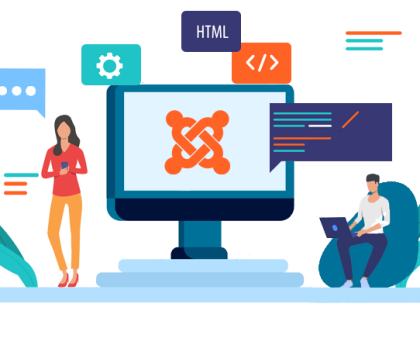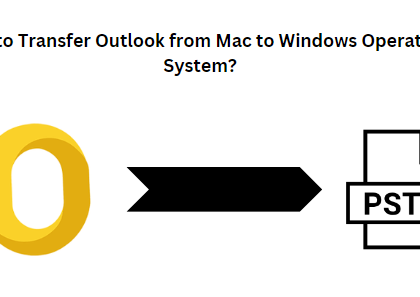Delivery applications, which meet our requirements for meals, groceries, deliveries, and even treatments, have become an essential aspect of our everyday life in the digital age. Creating a delivery app might be a profitable endeavor given the growth of on-demand services. You may create a successful delivery app in 2024 by following this comprehensive guide, which will take you through all the necessary processes and concerns.
Understanding the Market
Before diving into the development process, it’s crucial to understand the current market trends and user expectations. Here are some key points to consider:
Market Trends
-
Growth of On-Demand Economy: With more and more consumers choosing speed and convenience, the on-demand economy is flourishing.
-
Diverse Delivery Services: In addition to meal delivery, there is a rising need for package, pharmacy, and grocery delivery services.
-
Sustainability Focus: Growing consumer awareness of environmental issues results in an increase in the popularity of eco-friendly delivery methods.
User Expectations
-
Real-Time Tracking: Users expect real-time updates on their orders, from dispatch to delivery.
-
Multiple Payment Options: It’s crucial to provide a range of payment options, such as contactless and digital wallets.
-
User-Friendly Interface: Enhancing the user experience and promoting repeat use are two benefits of a clear and straightforward user interface.
Planning Your Delivery App
Define Your Niche
Determine a specific kind of delivery service you wish to provide as well as your target market. This could include delivery of groceries, meals, courier services, or a mix of services.
Conduct Market Research
Examine the advantages and disadvantages of your rivals. You may avoid typical keeps and develop a unique value offer by having a thorough understanding of your competitors.
Set Clear Objectives
Specify the main objectives of your app. Which is your goal: the best user experience, the quickest delivery time, or the most economical service? Your growth process will be guided by well-defined objectives.
Essential Features
User App
-
User Registration and Login: Easy sign-up process with options for social media login.
-
Search and Filter Options: Advanced search functionality to help users find what they need quickly.
-
Order Placement and Scheduling: Users should be able to place and schedule orders effortlessly.
-
Real-Time Tracking: Live updates on the status of their orders.
-
Payment Gateway Integration: Secure and diverse payment options.
-
Ratings and Reviews: Allow users to provide feedback on their delivery experience.
Delivery Partner App
-
Registration and Background Check: Secure sign-up and verification process for delivery personnel.
-
Order Management: Easy access to order details and navigation.
-
In-App Navigation: Integration with GPS for efficient route planning.
-
Earnings and Performance Tracking: Transparent overview of earnings and delivery statistics.
-
Availability Toggle: Option for delivery partners to mark their availability.
Admin Panel
-
Dashboard: Comprehensive overview of all activities and performance metrics.
-
User Management: Manage user accounts and delivery partners.
-
Order Management: Monitor and manage all orders in real-time.
-
Payment Management: Handle transactions and payouts.
-
Analytics and Reporting: Detailed insights into app performance and user behavior.
Development Process
Choose the Right Technology Stack
Selecting the appropriate technology stack is crucial for the performance and scalability of your app. Here are some recommendations:
-
Frontend: React Native or Flutter for cross-platform compatibility.
-
Backend: Node.js or Django for robust server-side operations.
-
Database: PostgreSQL or MongoDB for efficient data management.
-
Cloud Services: AWS or Google Cloud for hosting and scalability.
Design the User Interface
User retention requires a UI/UX design that is both aesthetically pleasing and intuitive. Give special attention to clarity, usability, and a brand-consistent color scheme.
Develop and Test
Follow these steps for a successful development process:
-
Agile Development: Break down the development process into manageable sprints.
-
MVP Development: Start with a Minimum Viable Product to test your concept and gather user feedback.
-
Continuous Testing: Regularly test your app for bugs and performance issues.
Launch and Market
-
Soft Launch: Release your app to a small audience to identify any final issues.
-
Full Launch: Once refined, launch your app to the broader market.
-
Marketing Strategy: Utilize social media, SEO, influencer partnerships, and app store optimization to promote your app.
Post-Launch
Gather Feedback
Check out customer input to better understand their needs and make necessary improvements to your app.
Regular Updates
Maintain user engagement by adding new features, performance enhancements, and bug fixes to your app on a regular basis.
Monitor Analytics
To help you make judgments and plan your approach, employ analytics tools to monitor app performance, user behavior, and other important indicators.
Conclusion
In 2024, creating a delivery app will require careful planning, development, and marketing as well as a thorough grasp of user expectations and market trends. You may develop a delivery app that not only satisfies user wants but also makes a splash in a crowded industry by adhering to our comprehensive instructions. To secure long-term success in the fast-paced world of service delivery, embrace innovation, give the user experience top priority, and remain flexible.





